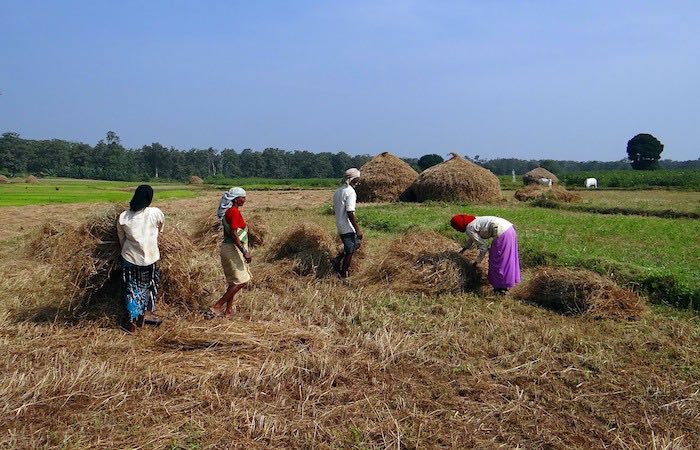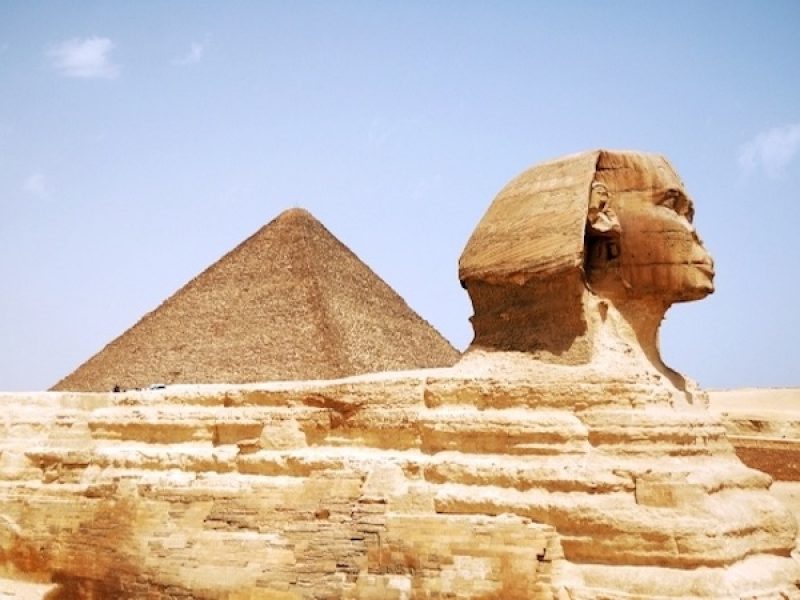Northern India is very different from South. In north you get opportunity to explore Barley, rice, Sugar Plants, Wheat and Soya production in India. The northern frontiers of India are defined largely by the Himalayan mountain range, where the boundaries with China, Bhutan and Nepal lie. India is the world’s second most populous nation after China and is a land of great cultural diversity, as is evidenced by the enormous number of different languages spoken throughout the country. There is no national language. Hindi is spoken in the north and English is the language of politics and commerce. Officially, more than 1,500 languages and dialects are spoken by its 1.35 billion people, the world’s largest democracy. The main four languages of north India are Hindi, Punjabi, Haryanvi. About 80% of the population is Hindu known as the Religion of Freedom, 14% Muslim and other significant religions include Christians, Sikhs and Buddhists. With its long and rich history, India retains many outstanding archaeological landmarks such as the Red Fort of Delhi, Amber Fort in Jaipur, World Famous Taj Mahal wone of the seven wonder of the world. ( World Heritage site) of the Seven Wonders of the World. India is home to the Asian Elephant, Bengal Tiger, Lion, Leopard, Sloth Bear, Indian Rhinoceros, Golden Jackal, several species of deer and antelope and the wildlife of India was made famous in The Jungle Book by Rudyard Kipling. Although India has the world’s largest cattle population as high as 70% is owned by 67% of small and marginal farmers and by the land less. 60% of livestock farming labour is provided by women and more than 90% of work related to care of animals is rendered by womenfolk of the family. India has 53% of world buffalo population and 15% of world cattle population and in terms of sheep population ranks fifth after Australia. India is the world’s 6th largest coffee producer; second only to China in rice production; 3rd largest producer of tobacco, sorghum and rapeseed; 2nd largest producer of wheat, sugarcane, tea, cashews, fresh vegetables, silk, inland fish and the largest producer of millets, pulses, spices, chillies & peppers, lemons, limes, cows, goats and buffalo milk. Cricket is the most popular sport in India by far and is played almost everywhere. English author Sir John Mandeville wrote “India remains a land of many diverse countries.”



